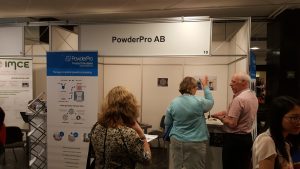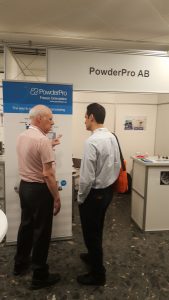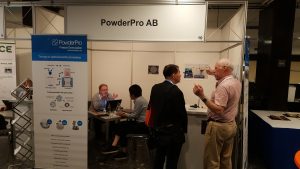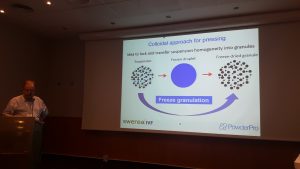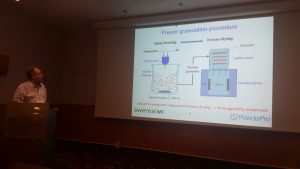Preparation and Characterization of Pentoxyverine Citrate Micro-Nano Particle Aggregations
Bo Chen, Hui Tang, Yong Peng Huang, Jian Lan Jiao, Chuan Pin Zou
Abstract
Micro-nano drug particle aggregations were prepared by shearing emulsification, high pressure homogenization and spray freeze drying, particle formational process and optimization of preparation conditions were analyzed, and micro-morphologies, particle size distributions, aerodynamic properties, release performances, inhalation and deposition properties were characterized. Results show that the optimum condition is drug supersaturation 2 and liquid feeding rate 800 mL/h. Micro morphologies of aggregations are porous spherical foamy structure formed by flaky micro-nano particles. The aggregations obtain both of the advantages of low density and large porous particles and micro-nano superficial particles. Tap density is only 0.062 g mL-1, mass median aerodynamic diameter is 0.93μm, aerosol availability is 59.8%, fine particle fraction is 15.80%, and more than 99% drugs dissolve within 5 min. All above properties are effective for drug delivery and release of DPI.
Keywords
Characterization, Dry Powder Inhalation, Micro-Nano Particle Aggregation, Pentoxyverine Citrate, Spray Freeze Drying


